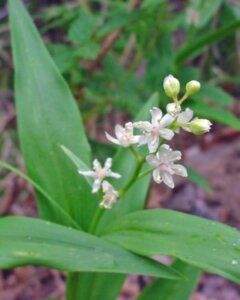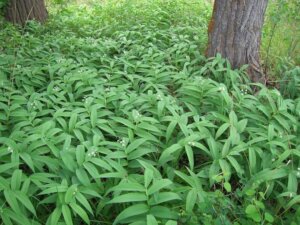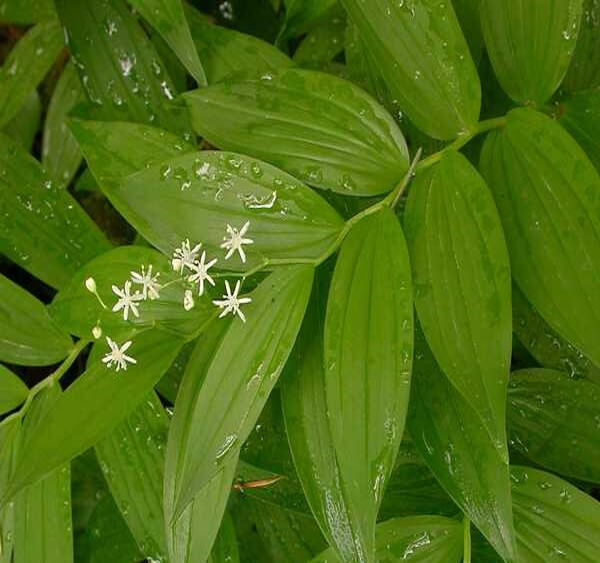It was my birthday, second one in a lockdown, and I wanted to put my time to good use by searching for and selecting a birthday plant. Since I’ve tried many native plants that have failed I used a cross referencing technique. I searched these lists;
Native Plants for Toronto by Preferred Habitat Type.
Selected by the City of Toronto plant specialists who describe, “Plants that are native to Southern Ontario evolved here and have adapted to the regional climate, soils and wildlife.”
Grow Me Instead.
Plants that have been selected by a number of Ontario horticultural-type organisations.
Native Plants Growing in Wilket Creek.
From a 2020 ecological study conducted by Katherine Baird, an ecologist with the Toronto Botanical Gardens.
Plants Recommended Most Beneficial for the Food Web.
Native plants are not necessarily more beneficial for biodiversity than non native ones. However, there is some science identifying a small number of native plants that support a large number of insects and wildlife.
I narrowed my search down to those plants that showed up in all of the lists. The idea being; if it was growing in Wilket Creek, which is the natural habitat nearest to my garden, and showed up in the other three lists, then I hoped those plants would have a good chance of growing sustainably for me.
Here’s what I found;
1 – I wasn’t looking for a tree so the Oaks, Maples, Pines, Cedars, wouldn’t do. Some smaller trees showed up in the results. Choke Cherry, Nannyberry and Witch Hazel were likely candidates, if I had been. Anyway, the problem would be that they are just too big. Mature heights were 30-40 feet and the spreads would be just as intrusive in a small garden. The Nannyberry and Witch Hazel require moist conditions. The Choke Cherry comes with poison warnings!
2 – I wasn’t looking for a creeping vine (I have an excellent Boston Ivy) but if I was, the Virginia Creeper would be a candidate. It’s an aggressive grower up to 40 feet and does well in average soil conditions.
3 – Goldenrod was a candidate but there’s no way I’d have it in my garden. It’s one weed that can take over whole garden beds in short order. Not at all a garden worthy plant!
4 – I liked the Canada Anemone, Anemone canadensis. Nice and compact, partial shade/shade, flowering in April, May and June. But, it likes a moist soil. I want a plant that is not too needy. The Black Currant, Ribes americanum, was a nice idea coming with a bit of fruit. It came with warnings of disease. I don’t need to bring that into my garden. The Buttonbush, Caphalanthus occidentalis, full sun, looked good. But a bit too tall (12 feet) and it was even more needy of water (better suited to a water garden). Way too big as well.



Recent Comments